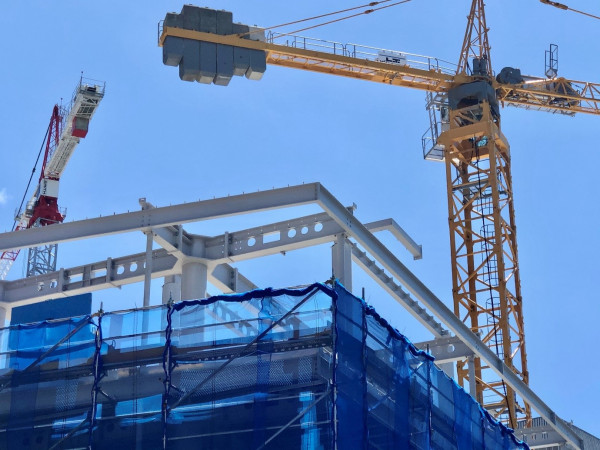New standards operating protocols confirmed for the building sector
Following consultation the Ministry of Business, Innovation and Employment Hīkina Whakatutuki adopts new tier framework to support development and maintenance of standards referenced in building code documents.

Credit: N Cottrell
Part of the Ministry of Business, Innovation & Employment’s (MBIE) role as the building and construction regulator has always been to contribute to the standards development process. Building and construction standards are often referenced in the acceptable solutions and verification methods that support compliance with the Building Code, so it has always been in MBIE’s interest to support the maintenance of these standards.
However, the large number of standards referenced in the Building Code system (around 350), has meant that decisions need to be made about how to maintain them, and ensure they remain up-to-date and fit-for-purpose.
Providing better transparency
To provide more transparency around this, earlier this year MBIE consulted on two proposed standards operating protocols. This will be the first in a series of operating protocols that are being developed to provide increased transparency and certainty about the activities undertaken as stewards of the Building Code.
Protocol 1, ‘referencing criteria’ includes criteria to be used when considering whether the content of standards is suitable to be incorporated into Building Code documents and Protocol 2, ‘tier framework’ describes MBIE’s proposed approach to supporting development and maintenance of standards referenced in building code documents.
The consultation on the operating protocols for standards proposed around 40 standards that MBIE efforts would be best placed in supporting under the tier framework. It also helped inform on the types of things MBIE will be considering when determining whether a standard is referenced in an acceptable solution or verification method.
Over 140 submissions informed the protocols
142 submissions were received in response to the draft protocols across a range of organisations and occupations. These submissions provided valuable feedback that has informed a number of changes.
While there was support for proposed criteria to improve consistency and transparency to guide MBIE’s involvement, there was some concern with the suggestion that MBIE would be limiting its focus to certain building and construction standards.
Having listened to the feedback received in the consultation, MBIE has modified the tier framework protocol to allow for a more flexible approach.
Three tier priority categories
Three tier categories will be retained (with some adjustment) as indicators of MBIE’s general priorities; however when determining MBIE’s involvement in upcoming standards projects, all standards referenced in the Building Code can be considered, taking into account a set of contextual factors that has been added to the protocol. This could include the emergence of new information or technology that suggests a standard needs to be developed or updated, and whether the standard will contribute to other building system strategic priorities.
Working cohesively to maintain standards
The future state MBIE is working towards is one where the building and construction regulator, the building and construction sector, and Standards New Zealand all work together to make sure standards continue to be adequately maintained, address other issues raised in the consultation and develop strategies and plans across the suite of referenced standards.
MBIE will also continue to sponsor free access to building and construction standards used for Building Code compliance where copyright allows and is currently working on a further set of draft protocols which are planned to be released for input next year.
More information on the outcome of the consultation is available below.
Maintaining the Building Code - Building Performance(external link)
